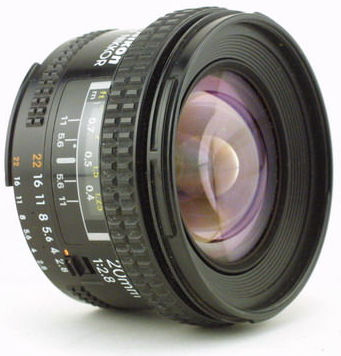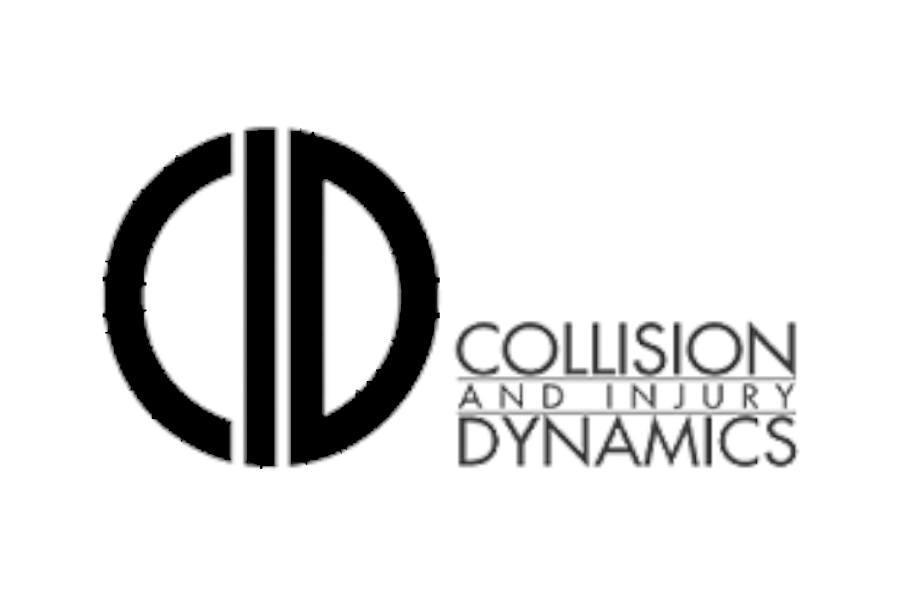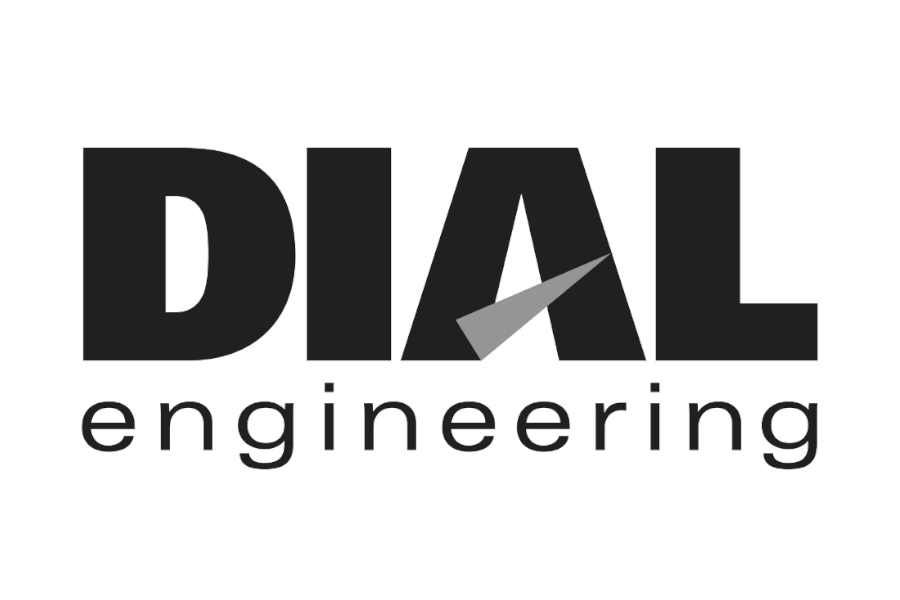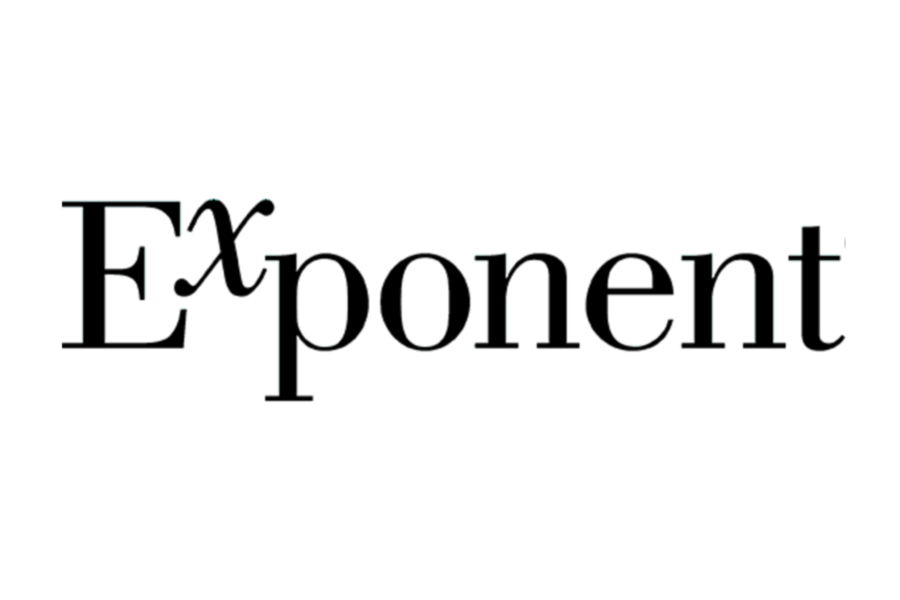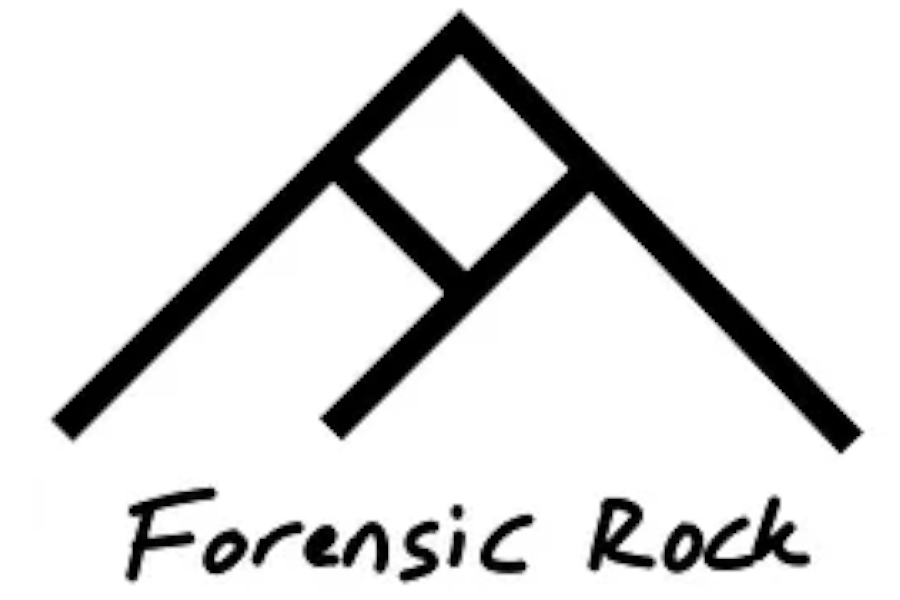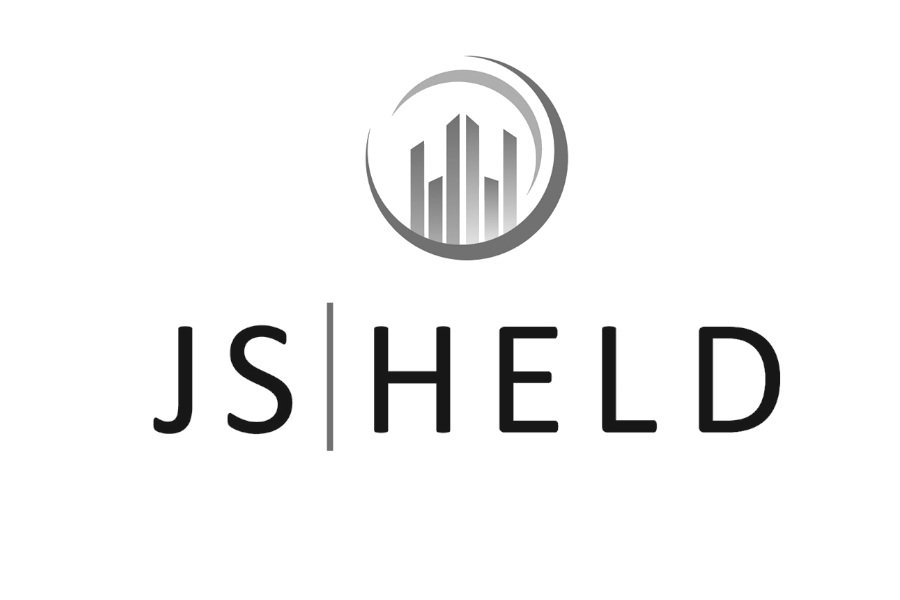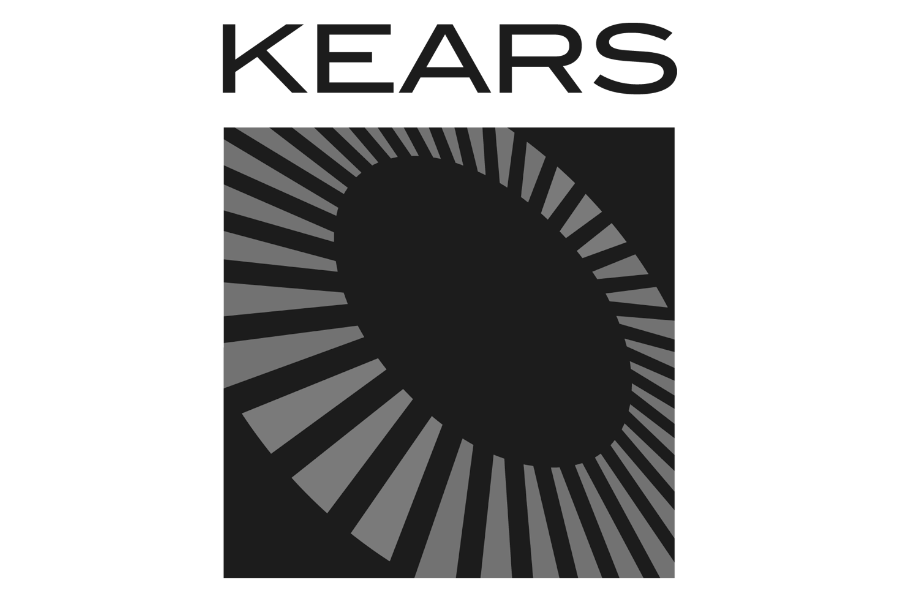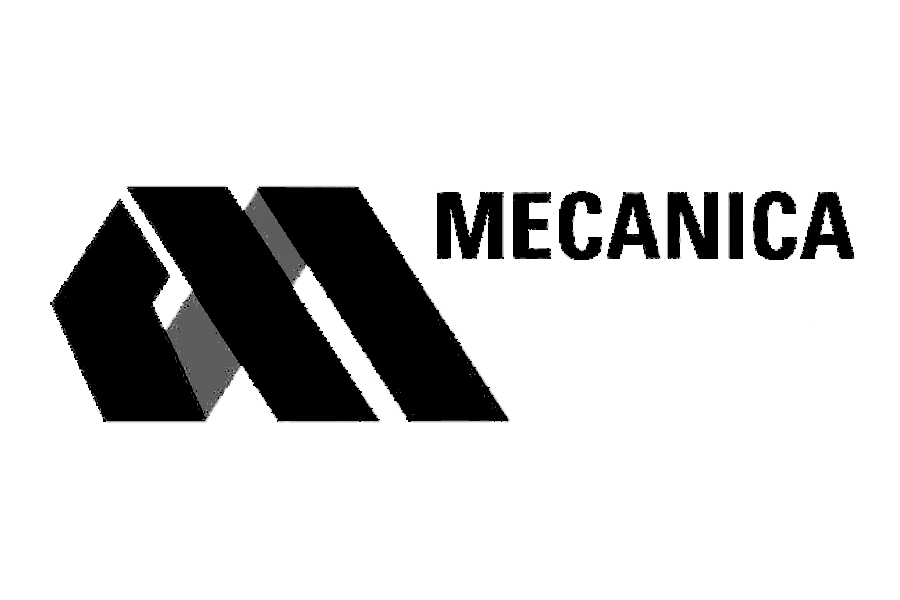Best Lens for Photogrammetry
/I tested several lens / camera combinations during the development of the photogrammetry method that we employ to create our exemplar models in an attempt to find the most consistent and “accurate” system (recently shown to be accurate to 1 mm, see SAE paper here). PhotoModeler indicates a high-quality project, where targets are selected using the Sub-Pixel Target Mode, should have a maximum residual below 1.0 pixel. Considering that, the goal was to ensure every model in the Lightpoint database would have a max residual below 1.0.
I experimented with different targets, including spheres, spinners, retroreflective materials, bright colors, etc. However, I also tested different lenses and cameras to see which ones produced calibrations with the lowest error. I was shooting with a Nikon D3100 at this stage (see below for Canon), and was hoping to use the ultra-wide Sigma 10-20 mm lens depicted below, as it would allow me to shoot in the tight quarters typical of used car dealers. However, likely due to excessive distortion and possibly too many moving elements, the lens never produced a great calibration. I’ve since discarded the calibration files, apparently, but from what I recall, the max residual in the calibration project was over 2.0 pixels, which won’t do.
I also tried a Nikon 18-55 mm and a Sigma 17-70 mm. Again, my goal there, was to have a wide (and affordable lens) that would allow me to shoot in tight quarters. While these lenses produced better calibrations, the max residuals were still over 1.0 pixel.
Next, I experimented with fixed lenses (also known as prime lenses, think no zoom). Although expensive, these lenses often have top-notch construction and few moving parts, which makes for a more consistent image and therefore a better calibration. I started with the Nikon 20 mm f/2.8D shown below.
The fixed 20 mm f/2.8D produced good results. However, further research indicated the oldie but goodie, Nikon 20 mm f/2.8 AIS, was an even better version with precise metallic components and little distortion. I met a Craigslist guy in a dark alley in Boston, buying a used version of the lens for $330 (shown below). This lens produced a fantastic calibration with a max residual of 0.45 pixels (make sure to field calibrate too, a topic for another day). With this lens, after modeling 160+ cars, the average maximum residual error is typically about 0.65 pixels. The most I’ve ever seen is 0.85 pixels. So, it’s a sure shot. Also, this lens works on both full frame and crop sensor Nikons. Beware though, this is a manual focus lens, and some cameras won’t meter with it. As such, you may be forced to shoot in Manual mode, selecting your own shutter speed and aperture (though, you should keep aperture constant for photogrammetry anyway).
That covers Nikon. However, the second shooter to join the Lightpoint team, Dennis O’Brien, had a Canon. I figured at this point that most fixed lenses would do to the trick, but with 20+ MP cameras, getting a consistent max residual below 1.0 isn’t easy. Dennis was using the lens shown below, a Canon 20 mm f/2.8 fixed lens, and right away things calibrated very well. The max residual error was 0.40 pixels, similar to the Nikon 20 mm AIS. After modeling over 45 models with this Canon lens (another Lightpoint shooter is now using the lens too), we’ve found it produces similar results to the Nikon, with the average maximum residual being something like 0.6 pixels. Click here, or the image below, for pricing and more info on the lens.
Ultimately, if you’re shooting with a Nikon my first recommendation would be the oldie, the Nikon 20 mm f/2.8 AIS. But, if you’re not an advanced photographer or just want to have the option to shoot in an automatic, or semi-automatic mode, you’ll be well served by the Nikon 20 mm f/2.8D. If you’re shooting with a Canon, you won’t be disappointed with the Canon EF 20 mm f/2.8 shown above. I hope that helps makes your decision a little bit easier. If you have any questions or comments, please post them below or email lou@lightpointdata.com. Also, if you're in need of any photogrammetry targets, or a scale bar, please check out our tool shop here. Thanks for reading.
Louis R. Peck, M.S., P.E.
ACTAR #1663
Lightpoint Scientific


